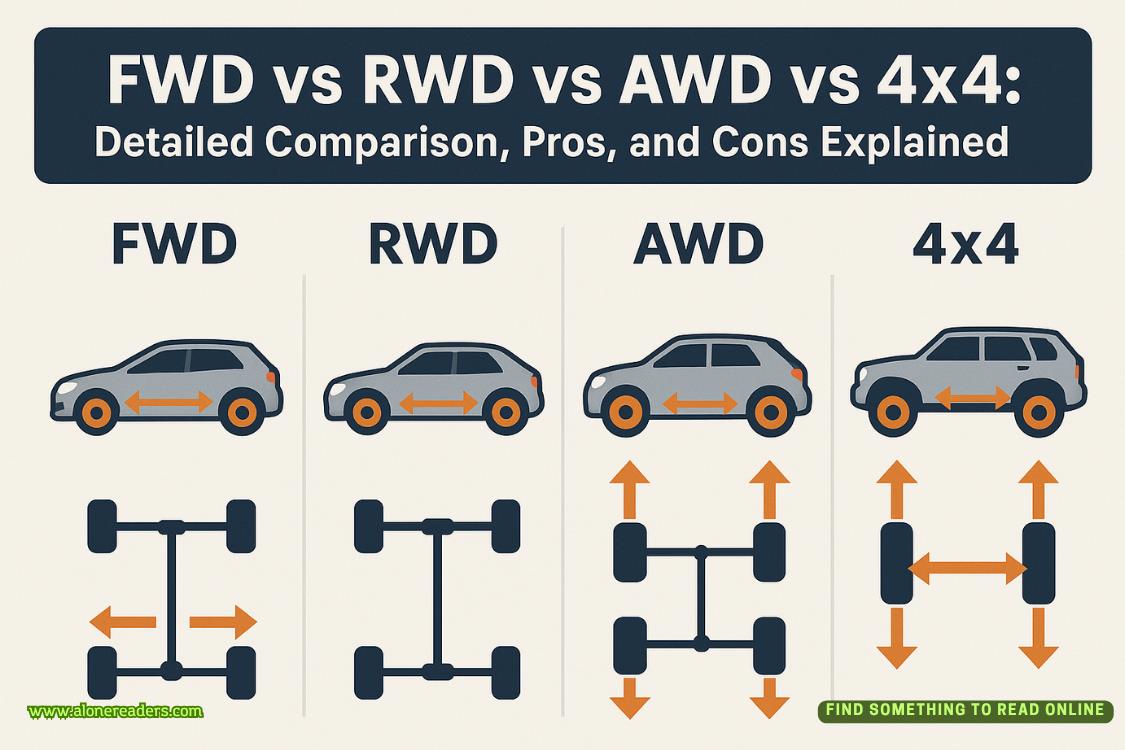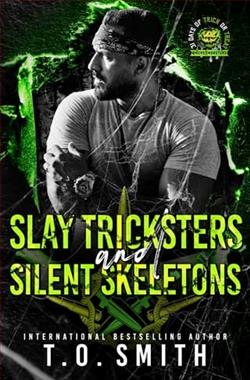Page 13 of Crosshairs
That was all he said, and then he was gone.
CHAPTER 16
IT HAD TAKEN a meeting of the minds from our squad to come up with a decent investigative plan for the Longshot Killer. (Even our lieutenant was using the nickname.) My idea of putting together a list of snipers in the greater New York City area wasn’t realistic. But I did still think that if we coupled that idea with tips coming in on a phone line, we might get lucky and connect an unknown sniper to the killings.
We’d already gotten a lead involving a guy who lived up in Newburgh but had been traveling back and forth to the city. The tip said he’d trained as a Navy SEAL.
That’s why in the early morning the next day I picked up Rob Trilling in front of the Three-Three in Washington Heights. It was the precinct closest to the George Washington Bridge so we could race up Route 9W to Newburgh, about a ninety-minute drive north.
When he hopped into my Impala, I asked Trilling if he knew anyone from the Three-Three. All he did was shake his head. It wasn’t a surprise he didn’t know anyone at the precinct. Usually you actually have to speak to people before you get to know them.
We found the guy in Newburgh quickly, and it took only about a minute of talking to him to realize he was a straight shooter, so to speak. He had washed out of SEAL training, but he had worked with the shore patrol afterward. Now he was some sort of half-assed, unlicensed private investigator. He’d been trying to find a missing husband and was able to show us a couple of receipts and reports that convinced me he was telling the truth.
I couldn’t face another hour-and-a-half ride without any conversation. I engaged Trilling immediately as we got back in my Chevy.
I said, “Those SEALs can really shoot well. Don’t you think?”
Trillingdidthink about it for a moment. The silence stretched close to ten seconds, then he said, “They’re good with a lot of different weapons. Only a few SEALs are sniper certified. Most of them are trained to move and shoot.”
“How well do Rangers stack up against SEALs or other special forces with long-distance shooting?”
“It doesn’t really work like that. Every unit and situation has different dynamics. I’m proud to have been a Ranger, but I would never denigrate any other position in the military.”
“Okay, I’ll make it more personal. How well canyoushoot from a long distance? Maybe that would give me a baseline and I could figure out something about our killer.”
That must’ve made sense to Trilling. I saw him smile. I realized it was probably the first time I’d seen it.
The young officer said, “We’re about twenty minutes from West Point and it’s hardly out-of-the-way on our drive back down to the city. One of my old platoon leaders has a six-month assignment to the academy. He could get us on one of their rifle ranges and I could show you. Maybe it’ll give you some insights as to what goes into a shot like that.”
I liked that idea, and I also liked the opportunity to see the military academy at West Point up close. Trilling made a call, then turned to me and said, “Captain Hawks said to drop on by and he’d work out the details.”
I noticed an even broader smile on my new partner’s face.
CHAPTER 17
DOING THE MATH, I realized Trilling had been only twenty-two years old when he left active service and joined the NYPD. I knew from his service record he was now a sergeant in the Army Reserve. But someone thought highly of him. As we pulled up to the front gate, a tall Black captain stood right by the inspection point.
Trilling jumped out of the car and saluted the captain as he approached, then they gave each other a big hug. I didn’t even want to think what these two might’ve gone through together to forge such a strong bond.
Trilling led the captain over to my car. “Detective Michael Bennett, this is Captain Isaiah Hawks. He was just a lieutenant when he ran my platoon in Afghanistan. He’s also one of the most trustworthy men I’ve ever met.”
Captain Hawks gave me a big smile and stuck out his hand,saying, “Is Trilling causing as much trouble at the NYPD as he did in the Rangers?”
Trilling certainly hadn’t learned interpersonal skills from the friendly captain. I just grinned and said, “He’s been a great resource on this sniper case we’ve been working.”
The captain let out a laugh. “We’re just grunts. We don’t know shit about snipers.” I wasn’t sure what the inside joke was, but I laughed along with the two of them.
I parked my Impala, then jumped into a Toyota pickup truck along with the captain and Trilling. Hawks gave a quick tour as we drove down toward the ranges. The campus really was spectacular. He pointed out historic and beautiful spots, like Washington Hall with the giant parade field in front of it. But I was mainly interested in seeing Trilling on the range.
We rode past ranges for all sorts of ordnance. Range 1 was called Argonne, after the US Army campaign of World War I, and was for hand-grenade training. Range 3, called New Orleans, was the combat pistol range. We drove all the way out to range 11B, called Normandy. This was a long-distance range for rifles.
Captain Hawks took a hard-sided case from the rear of the truck. He opened it and pulled out a rifle equipped with a short scope on the top rail. The captain handed the rifle to Trilling and said to me, “This is an M4, the Army’s main infantry rifle.”
We stepped back while Trilling readied the rifle to fire and stretched himself out on the ground. He moved with authority and speed. This was clearly a weapon he was comfortable with. I was starting to suspect that Trilling might be more comfortable with rifles than people.
When Captain Hawks and I were out of Trilling’s earshot, thecaptain turned to me and said, “I worry about him. Is he doing well with the NYPD?”
“I’ve only worked with him a few days. To tell you the truth, he’s awfully hard to read.”















